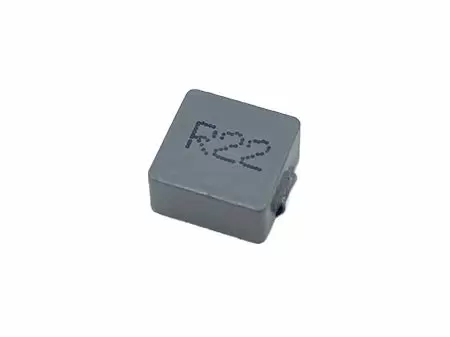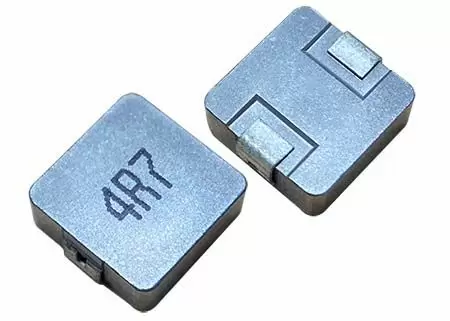How to Effectively Reduce EMI Problems in Molded Inductors
Electromagnetic interference (EMI) is a critical challenge that engineers must address in circuit design. Molded inductors, with their compact structure and stable performance, are widely used in DC-DC converters, automotive electronics, and communication equipment. However, if not properly designed, molded inductors themselves can become sources of EMI. This article explores solutions to EMI challenges from the perspectives of material selection, structural optimization, and application design.
Sources of EMI in Molded Inductors
Internal Interference:
1.1: Electromagnetic radiation from the coil at high frequencies.
1.2: Non-ideal coupling between the coil and the magnetic molding material.
External Interference:
2.1: External magnetic fields penetrating the molded structure, affecting internal signal stability.
2.2: Radiated interference from other components.
Mutual Interference:
3.1: Coupling interference between molded inductors and other circuit components.
Impact of Alloy Powder Powder Materials on EMI
Low-Frequency EMI Performance: Alloy powder material, with its high permeability, performs exceptionally well in suppressing low-frequency EMI (<1MHz) by effectively reducing magnetic field leakage.
Cost and Applications: Its mature manufacturing process and lower cost make it suitable for mass production in low-frequency circuits, such as industrial power modules and consumer electronics.
Disadvantage: At higher frequencies (>1MHz), losses may increase, and shielding performance decreases.
Impact of Carbonyl Powder Materials on EMI
High-Frequency EMI Performance: Carbonyl powder material has low losses and stable magnetic properties at high frequencies, making it ideal for RF modules and high-frequency DC-DC converters.
Cost and Applications: Due to its complex manufacturing process and stringent material requirements, it is more expensive but fits high-performance applications.
Disadvantage: Lower permeability limits its ability to suppress low-frequency EMI, requiring additional structural optimization to reduce magnetic field leakage.
Design-Level EMI Solutions
Low-frequency circuits: Choose alloy powder materials for lower costs and strong EMI suppression.
High-frequency circuits: Choose carbonyl powder materials for better high-frequency performance.
Application-Level EMI Solutions
Circuit Layout and Routing:
1.1: Place molded inductors away from sensitive signal lines to avoid coupling interference.
1.2: Add ground layers in PCB design to act as natural shielding barriers.
External EMI Suppression Measures
2.1: Add decoupling capacitors at the input and output terminals of the molded inductor to filter noise.
2.2: Pair the molded inductor with common-mode filters to further reduce EMI.
Conclusions and Recommendations
For Low-Frequency Applications:Alloy powder materials are recommended for their cost efficiency and effective low-frequency EMI suppression.
For High-Frequency Applications:Carbonyl powder materials are ideal for their superior high-frequency EMI performance, despite higher costs, making them suitable for RF modules and high-performance applications.
Design Practices:Choose materials based on application needs and combine them with shielding structures and circuit optimizations to achieve optimal EMI suppression.
- Related Products
2.2uH, 14A Carbonyl Powder Low Profile Molded Power Inductor
SEP0603EB-2R2M-LF
Our molded power inductors, utilizing high-purity Carbonyl Iron Powder, are specifically designed...
Details Add to List2.2uH 10A 0630 Alloy Powder Molded power choke inductor
SEP0603EN-2R2M-LF
Alloy Powder Molded Power Inductor: where cutting-edge inductive technology meets modern design....
Details Add to List


